There probably isn’t a single architect in the world who doesn’t know and admire the great architect, designer and engineer known as Le Corbusier, one of history’s greatest and most significant theoretical masters of architecture.
I say “known” as Le Corbusier because this was not his true given name. Charles Édouard Jeanneret-Gris began to call himself Le Corbusier in the 1920s. It was a pseudonym he adopted at the young age of 29 and a humorous take on his maternal grandfather’s last name, Lecorbésier, for its close resemblance to the French word for “crow” (corbeau).
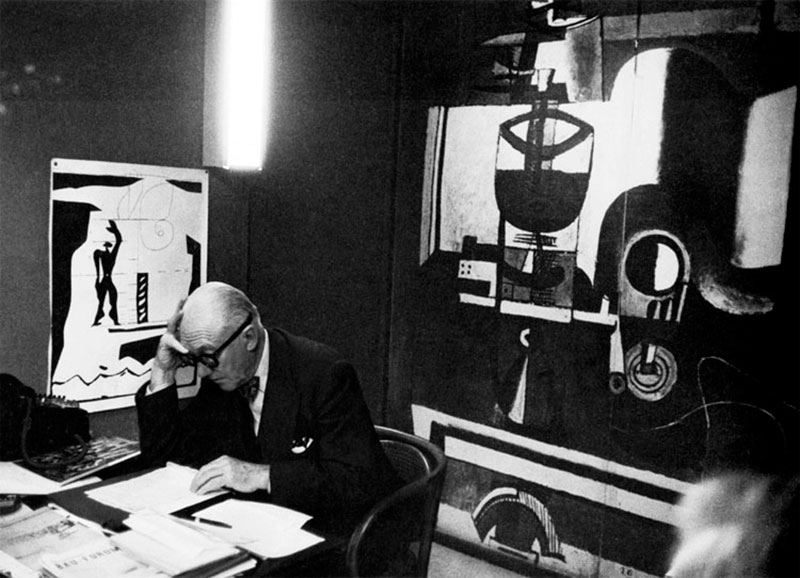
Born and raised in the small Swiss city of La Chaux-de-Fonds, he moved to Paris to work in the studio of Auguste Perret, an architect and pioneer in reinforced concrete construction and whom he assisted for fifteen months. After his time in Paris he moved to Germany, finding work in Peter Brehens’ office, where he met two other masters of the profession, Ludwig Mies van der Rohe and Walter Gropius. With the above two at his side, he created the so-called International Style, becoming its highly admired and undeniable leader of the time and a distinct point of reference for multiple generations of architects up until the 21st century.
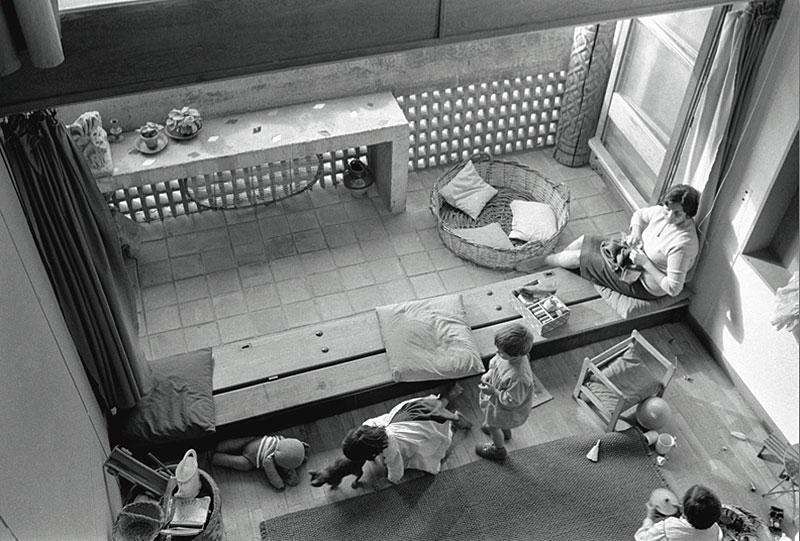
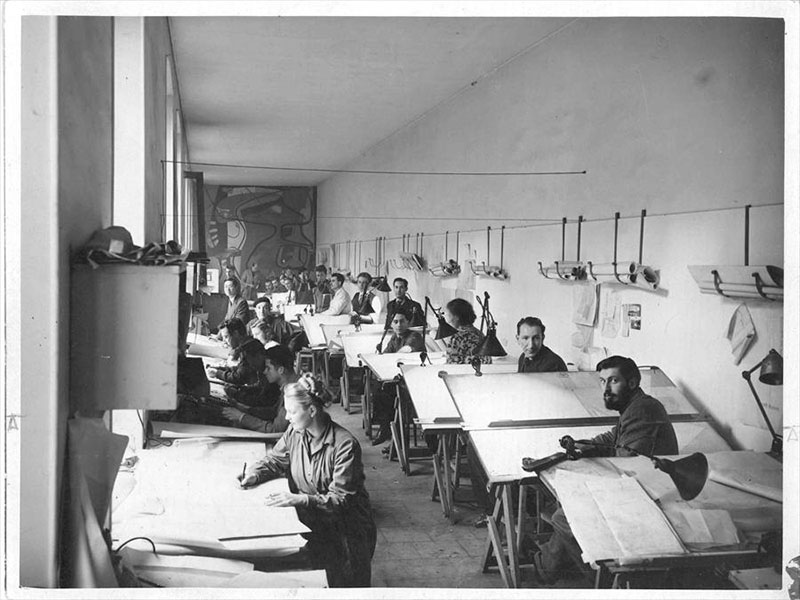

As a theorist, his many extraordinary proposals include his measurement system published in 1948 under the title of “Le Modulor“, and, later on, “Le Modulor 2″, in which he presented his work resulting from his search for a mathematical relationship between the measurements of man and nature, very much like Leonardo da Vinci and Leon Battista Alberti in their time.
His most important achievements are considered true works of art, particularly the Heidi Weber Museum in Switzerland, designed in 1963, Saint Peter’s Church in France (1960), the Tourette Convent, also in France (1953), the Chandigarh buildings in India (1951), the Notre Dame du Haut Church, built between 1950 and 1955, the Cité du Refuge (1929) and the Villa Savoye, designed in France in 1928.
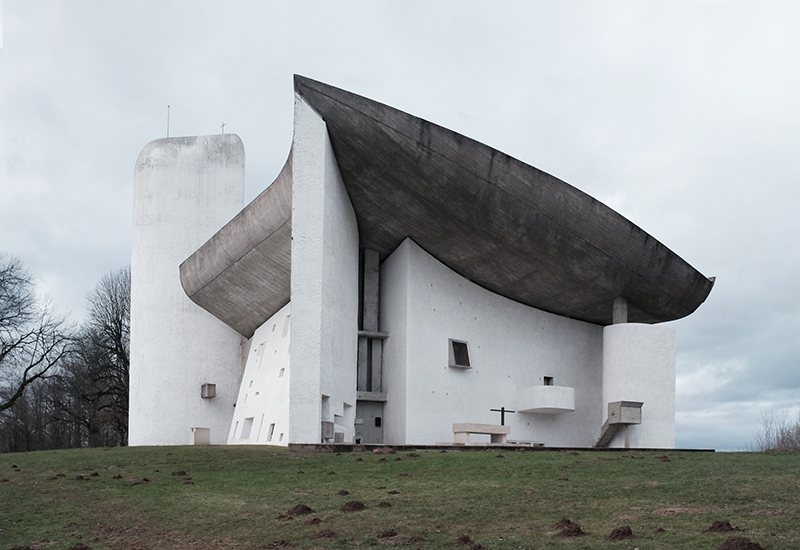
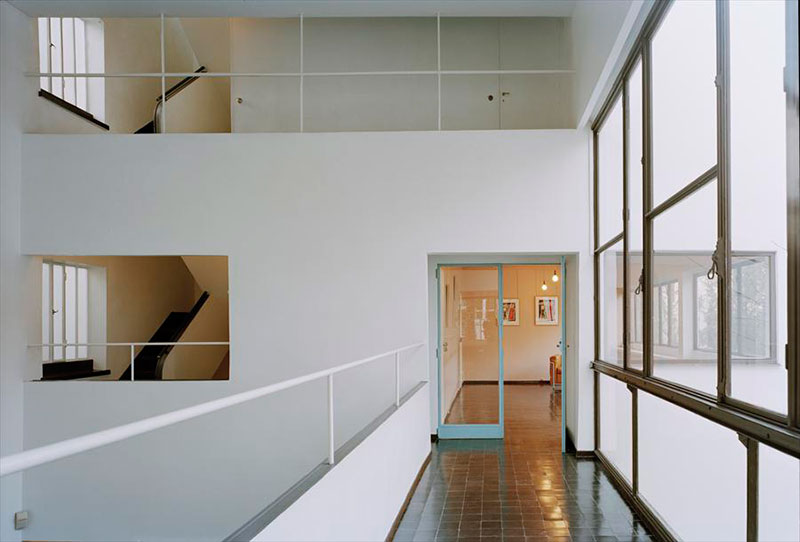
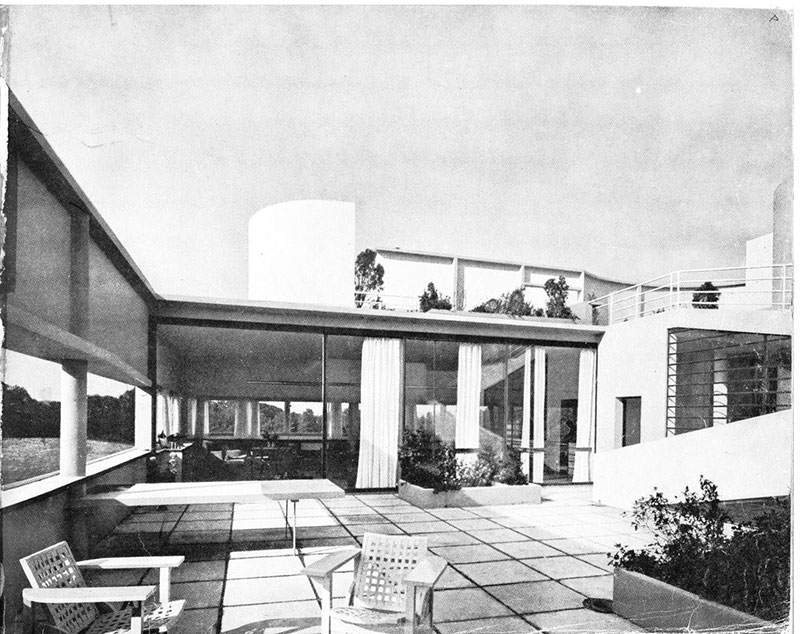
With respect to his prolific work as an industrial designer, some of his most important pieces include the chaise lounge LC4, the LC1 chair, presented in 1928, the LC2, LC3 and LC5 sofas and the LC7 dining chairs, among many other valued designs, which are currently produced by the Italian Cassina company.
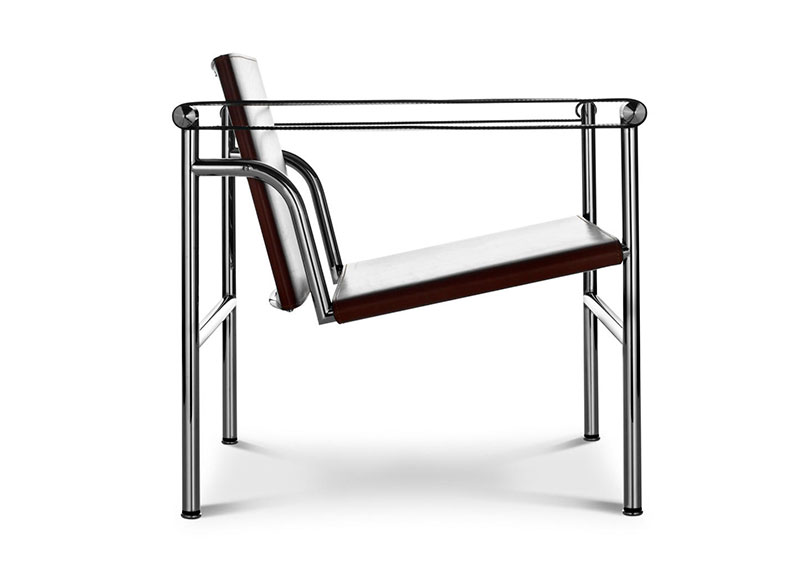
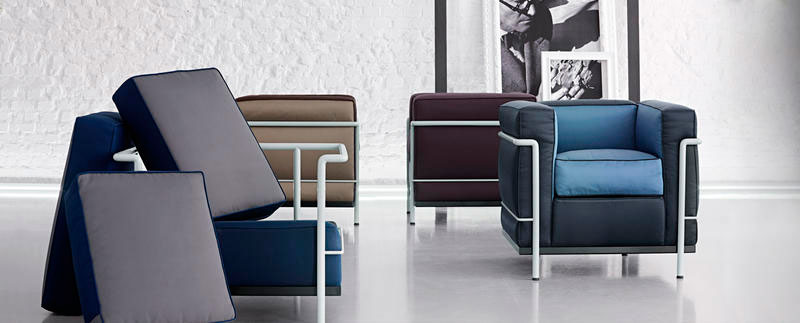
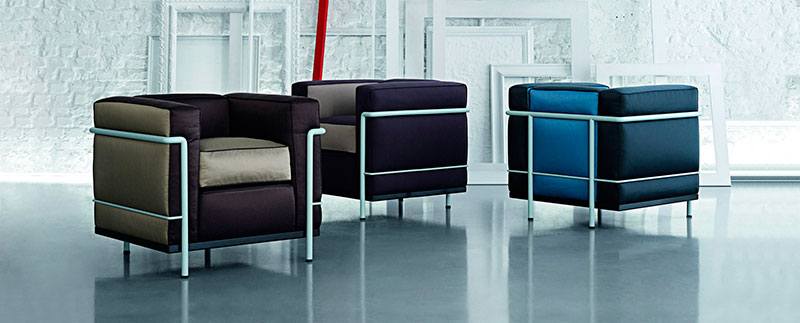

In short, Le Corbusier will always be with us.

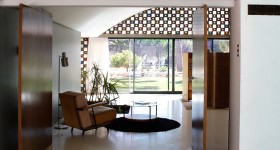
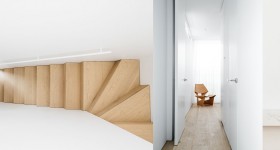
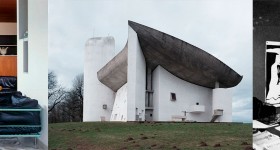

Leave a Reply